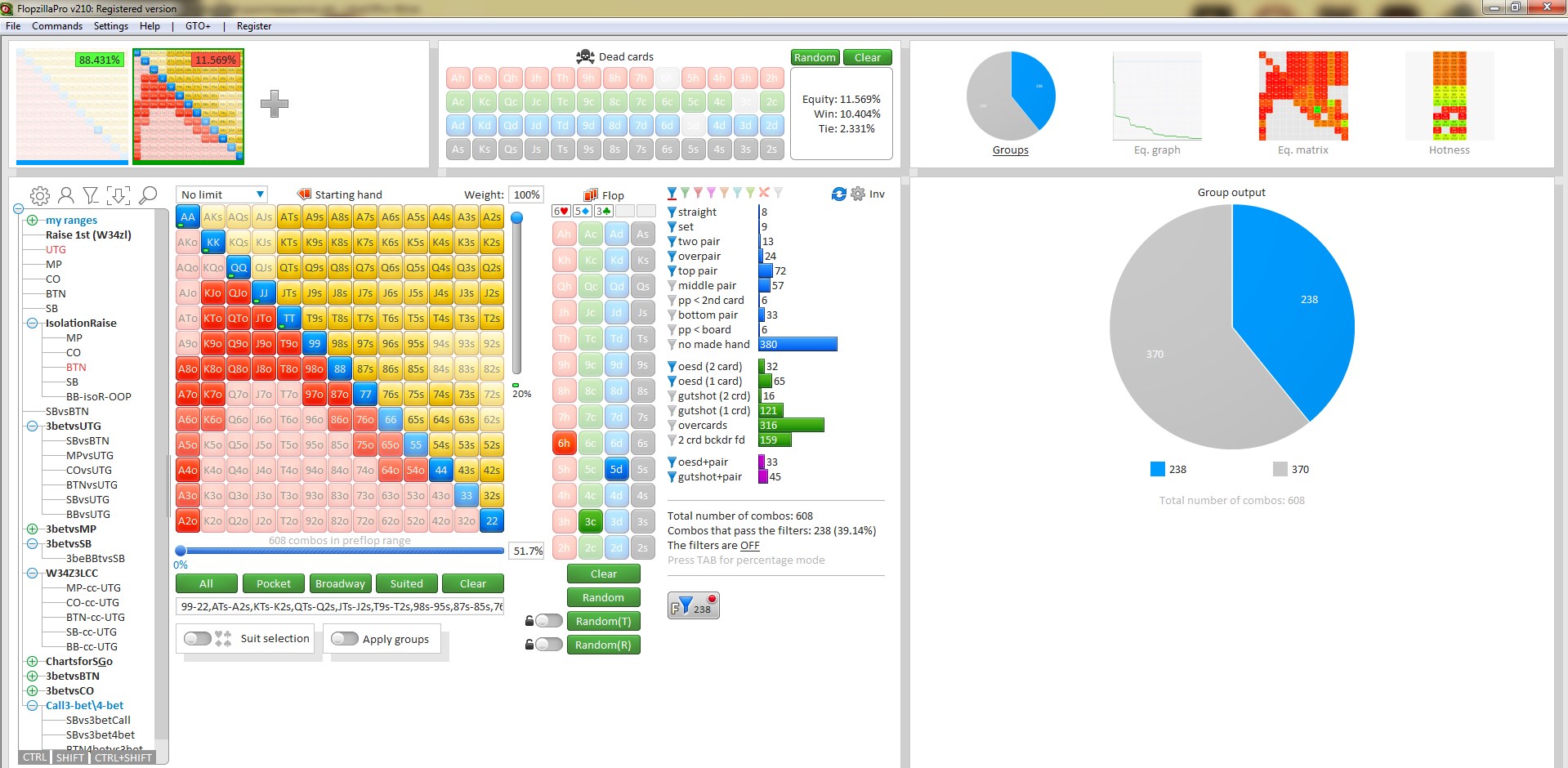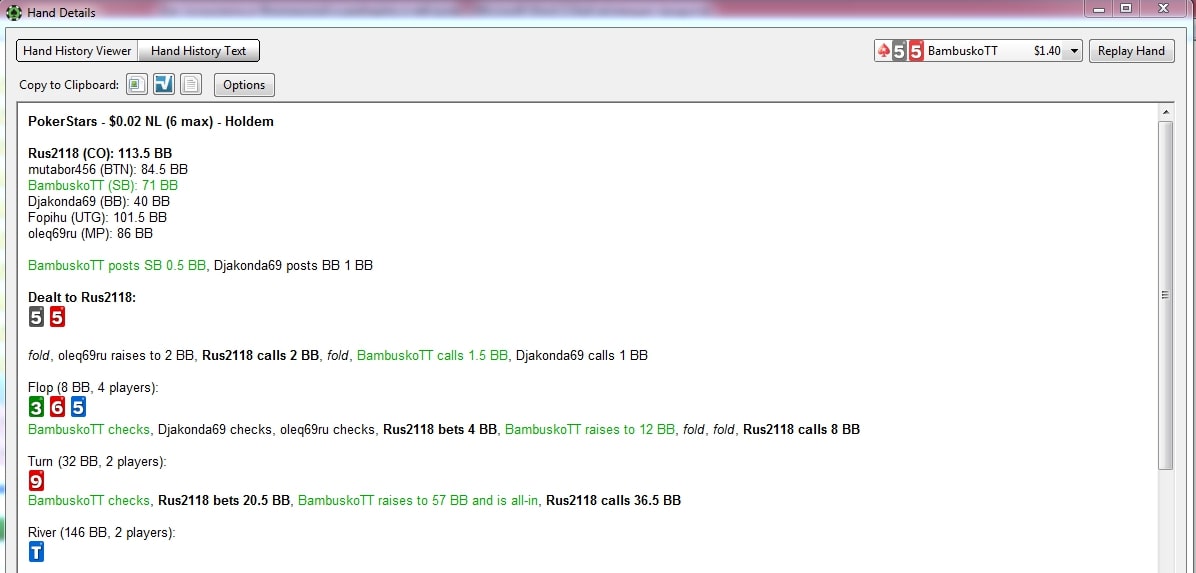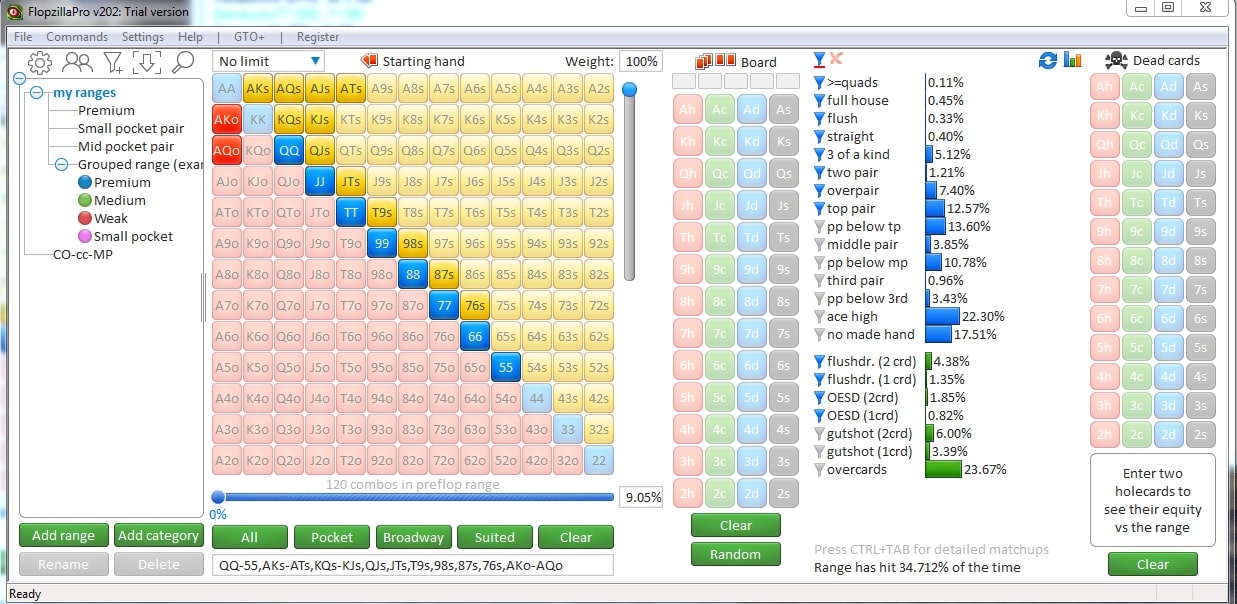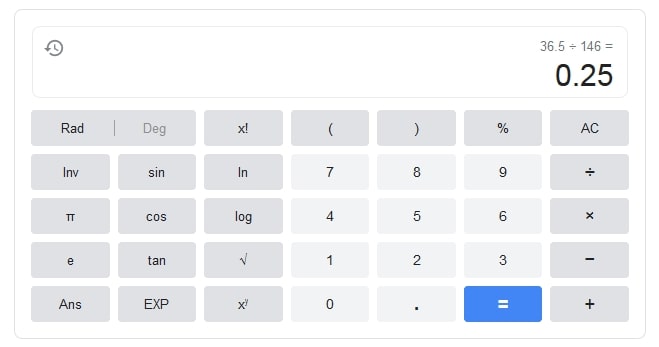How to use Flopzilla and analyze hands in it?

Before going directly to the story (with examples and screenshots) about how to use Flopzilla, a little lyrical digression about the career of a poker player. The first step on the way from an amateur who is simply interested in to a good regular is usually to buy a poker tracker. Indeed, without Holdem Manager 3 or Hand2Note, you will not be able to fully collect information about your game for further analysis. However, after the tracker begins to import hands, another need arises - to correctly analyze them, find errors and correct them.
At the initial stage of development, a poker player has enough tracker tools and a specialized forum, where other poker players will help find leaks in your game. After getting rid of the most obvious mistakes, raising the level of the game will require more meaningful efforts. And more advanced poker tools. It's about equity calculators. The most popular and sought-after of them is considered Flopzilla. In the example with the analysis of the hand we will use the latest version of the calculator Flopzilla Pro. For instructions on how to get the key to it, see the separate article on PokerEnergy.

Screenshot of the main window of Flopzilla. One of the benefits of the updated calculator is the ability to scale the program window. In the old Flopzilla, fonts and pictures were not enlarged, which made it difficult to work with modern monitors
For a full list of differences between the calculators, see "How Flopzilla Pro differs from the standard Flopzilla".
How to correctly analyze the hands in Flopzilla. Instruction with screenshots
The quality and depth of hand analysis depends on the skill of the poker player. A beginner will not be able to analyze the situation at the same level as a professional player from NL200. At the initial stage, it is important to regularly study the hands you've played. Over time, the efficiency of analysis will increase. And many NL2-NL5-NL10 situations do not require the skills of Phil Galfond or Fedor Holtz. Sometimes a quick glance at a hand, a perplexed palm strike to the face (facepalm), and a loud questioning cry will do the trick: "What nonsense did I do?" The example below is not meant to be a perfect analysis, but demonstrates the useful tools of a calculator in a real hand. The longer you work in FZ, the more small details you'll start to notice.
Let's use a hand played at the NL2 PokerStars short table as the basis. In this hand, we had a set in a multipot and tried to play it to the best advantage.

The usefulness of the tracker is not limited to importing hands and displaying statistics. One-click copying of hands is very convenient. With it, you can publish a hand without any additional efforts or tools
Preflop
In the hand, the opponent from the middle position (MP) makes an open raise, and we are on the cutoff (CO). Please note that he has an incomplete stack, as well as the size of his opening, which is only 2 big blinds. In theory, the smaller the raise, the looser we can call. An additional justification for the call is supposedly weak players in the big and small blinds (also incomplete stacks).

Approximate range of call CO against MP in Flopzilla
Our prediction came true - the weak players on SB and BB also went into the hand and we have to play the multipot for four players on the flop. If you get into the set, we can win a very large bank.
Flop
We are lucky on the flop - we are collecting a set of fives. At the same time, there is a problem - the 356 board, albeit of a mixed suit, but contains a lot of straight draws. It is impossible to completely dismiss made straights, because, firstly, this is NL2, and secondly, all our rivals are recreational players who could play 74s in the blinds.

The presumptive range of the player on the SB. We've given the widest possible range because of: 1) the minimum size of the MP raise; 2) our entry into the pot with a call; 3) the opponent's incomplete stack, signaling that we are facing an amateur
We must protect our strong, but vulnerable hand. In a multi-pot against 3 weak players it was worth betting in the amount of a pot, and not just 1/2 of a pot. Good present to our rivals from us. A bet in half a pot gives an excellent opportunity to get their outs and receive payment from us.
In response to our half pot bet, the opponent raises x3. A check/raise in a multi-pot looks very strong and convincing. If you set the calling range pre-flop to an unknown opponent with SB, it was an almost impossible task (opening with a mini-raise and a potential multi-pot can provoke weak players to call with very weak hands), then the subsequent aggression allows you to make an approximate range:

The equity matrix shows which hands are far ahead of us and which are behind us
If we assume that the opponent is ready to play with us on the stack, not only with a ready straight and set, but also with two pairs and slow-played overpairs, then we should play for all chips. It is another big mistake.
If we believe that there are exclusively prepared straights, then from this moment it makes sense to play our set as a full house draw. And so we just call his raise.
Turn
Nine of hearts on the turn does not affect the situation at all (on the flop we decided not to include in check-raise range draw hands), therefore the most logical and balanced decision (after the check from the opponent) is to make check behind. With the expectation that we either catch our full house and win the hand, or don’t catch and give up without investing anything extra chips. During the hand, we bet, the opponent goes All-In and we had no other options but to call for another 36.5 blinds. That was third bad solution in 1 hand

Our equity allows to call even against a very narrow range
Versus the top range of Flopzilla, which we gave to our opponent, we have 36% equity, and according to potential chances of the bank, 25% is required for a profitable call (a little more, taking into account rake). A call is a plus even without taking into account the fact that in reality a weak opponent will tend to overplay his hands.

We have 36%, although mathematically 25% is enough for a call
Summary
Naturally, as part of the analysis of one hand, it is difficult to fully show how to use Flopzilla. The material that we published a little earlier may be useful to you: a complete guide to Flopzilla. If we make conclusions about that hand, it is possible to identify several errors:
- On the flop in a multipot on a connected board, we had to bet much more than half the pot. Ideally - potbet.
- The check/raise in the multi-pot looks strong, but our hand is enough for a profitable game on the stack already on the flop. That’s why we should to go All-In.
- On the turn, if we give our opponent only top hands, it would be preferable to simply check and catch our full house.
Constant hand analysis in poker software and identifying errors will quickly make you a good player. Therefore, do not delay the purchase of Flopzilla, it will pay off in the shortest possible time!
How to get Flopzilla for free?
One of the most important steps in the evolution of a recreational player into a poker professional is the purchase of a tracker. PokerEnergy's catalog includes the best programs for working with statistics: Holdem Manager 3, PokerTracker 4 and Hand2Note. A lifetime license to Flopzilla is offered for the purchase of any of them. Read more about the terms and conditions on our promotions tab. The benefits don't end with Flopzilla free of charge - we'll give you bonus points for every purchase. Spend them on your next orders and save.
All catalog updates and good deals are published in the our telegram channel. Sign up to not lose +EV.





 Log in
Log in  Register
Register 